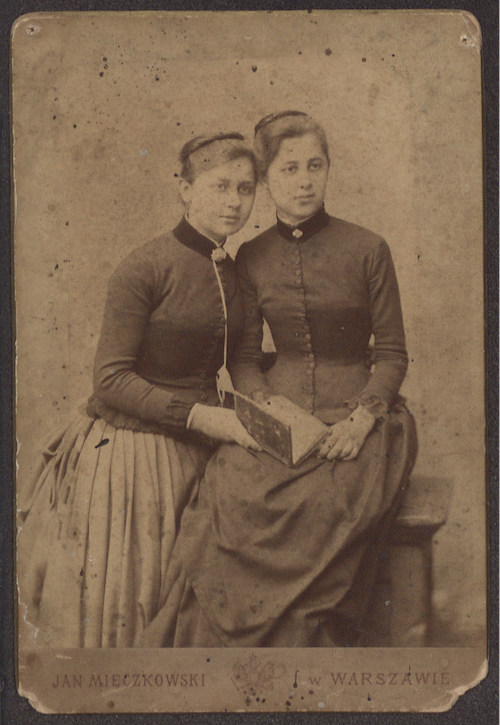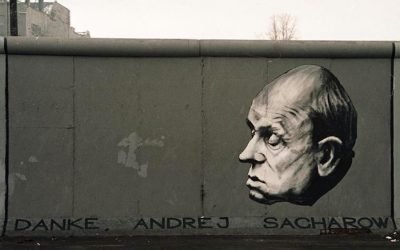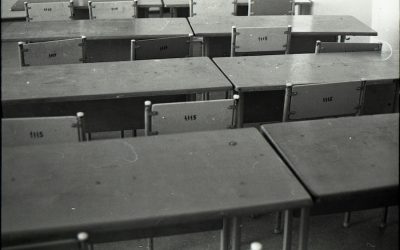How universities around the world are escaping authoritarian pressure and disaster
Part 1.
Sofia Smyslova
Photo: These illegal university courses moved between safe houses, hence the name “flying university.” Photo by David Clode on Unsplash
Authoritarian regimes around the world are exerting increasing pressure on universities and academics, seeking to suppress critical thinking and limit academic freedom. Intellectuals, meanwhile, are seeking to resist this pressure.
This two-part essay examines key strategies for—and examples of—escaping and/or resisting authoritarian pressure, identifying the main challenges or opportunities associated with each strategy.
- The first is going underground and deformalizing (that is, abandoning the institutional format, diplomas, campus, and so on).
- The second is relocating the institution, in part or in whole, or re-creating it within the same group of academics outside the geographical boundaries of the authoritarian state.
In practice, the line between the two approaches is quite blurred, especially due to the widespread use of online learning. Therefore, many of the examples discussed in this essay combine practices from both the first and second strategies.
The fundamental difference between these strategies lies in the goals they set. Whereas underground universities primarily aim to provide alternative (free, uncensored) higher education, relocated institutions serve as spaces for support and assistance for displaced academics and students (Milton, S., Elkahlout, G., & Barakat, S. (2021). Protecting Higher Education from Attack in the Gaza Strip. Compare, 1–19).
Many of the examples considered combine these two goals but prioritize the individual components differently.
Flying University
One of the academic community’s responses to repression is to go underground, creating unofficial, autonomous spaces for learning and research within repressive states.
Flying Universities (Uniwersytet Latający) represents a historical precedent for these initiatives. The first example of such a university was founded in the Kingdom of Poland in 1885. In 1905, it became a legal Society of Educational Courses, and in 1918, the society was transformed into the Free Polish University.
The emergence of the first flying university was linked to repression by the Russian Empire during the partition of Poland. Poles were forbidden to study their own history and culture, and starting in 1885, they were even forbidden to study in their native language. Girls who graduated from girls’ boarding schools faced a double obstacle: not only were they forbidden from pursuing higher education in the Polish language, they were forbidden from studying at all.
As a result of this pressure, the teacher and women’s rights activist Jadwiga Szczawińska organized illegal university courses that moved between safe houses—hence the name “flying university.”

Portrait of Jadwiga and Wanda Szczawiński, photo by Jan Mieczkowski, ca. 1888, National Library, PD license, source: Polona
Underground University
Another example of resistance to the discriminatory practices of the authoritarian state is the University for Baha’i, an underground institution of higher education that remains unrecognized in Iran. The university provided access to education for the Baha’i religious minority (who were banned from pursuing a formal education after the 1979 Iranian Revolution).
Founded in 1987, the university (or rather, a series of underground courses) grew into a large online platform and—despite government persecution—continues to operate to this day, educating not only Baha’is, but also other repressed and discriminated groups in Iran. In May 2011, students and faculty members were detained and interrogated; as a result of the raid, several people received prison sentences ranging from three to seven years.
Baha’i University degrees are recognized by several American universities.
Secret University
Soviet history, which is full of underground resistance of varying magnitudes, also provides an example of a secret university for discriminated minorities: the People’s Jewish University, founded by Bella Subbotovskaya (along with Valery Senderov and Boris Kanevsky).
The university was open from 1978 to 1983 and provided access to education (primarily in mathematics) for Jews. Although Jews were legally allowed to study at Soviet universities, in practice, “applicants with Jewish-sounding surnames were singled out for special treatment during entrance exams […] and, as a result, virtually all were excluded” (Szpiro, G. G. (2007). Bella Abramovna Subbotovskaya and the “Jewish People’s University. Notices of the AMs, 54(10), 1326–1330).
The university enjoyed immense popularity, but it lasted only five years, closing shortly after Subbotovskaya’s death in September 1982. She was fatally struck by a car; despite a series of KGB interrogations, the culprit was never found.
Features of Underground Universities
A key feature of these projects was their ability, despite the enormous risks, to remain in touch with the national context (primarily through physical, geographical contact). They provided an opportunity to discuss pressing socio-political issues outside the censorship of official programs and expanded access to educational opportunities for those the state sought to exclude.
This served to overcome the isolation that regimes tried to force upon academia but avoided the discursive rupture that characterizes education relocated abroad. Remaining within the space of an alternative public arena, underground universities strived to engage with the current context and, like some relocated universities, formulate ideas and strategies for the period after a regime change or the fall of an authoritarian government.
Of course, the “price” of underground education is much higher than that of a relocated education. Not only does pressure from official authorities threaten prison terms or even death for underground students, but it also impacts the educational experience.
For example, if an organization is declared undesirable, terrorist, or otherwise (meaning that studying there carries the risk of criminal liability not only for teachers/organizers, but also for students), participants often prefer to connect anonymously. This means the learning process is limited to lectures and discussion formats. Any other social formats violate the students’ privacy.
Sofia Smyslova is an educational researcher, curator of educational programs, and PhD student at the University of Cambridge





0 Comments